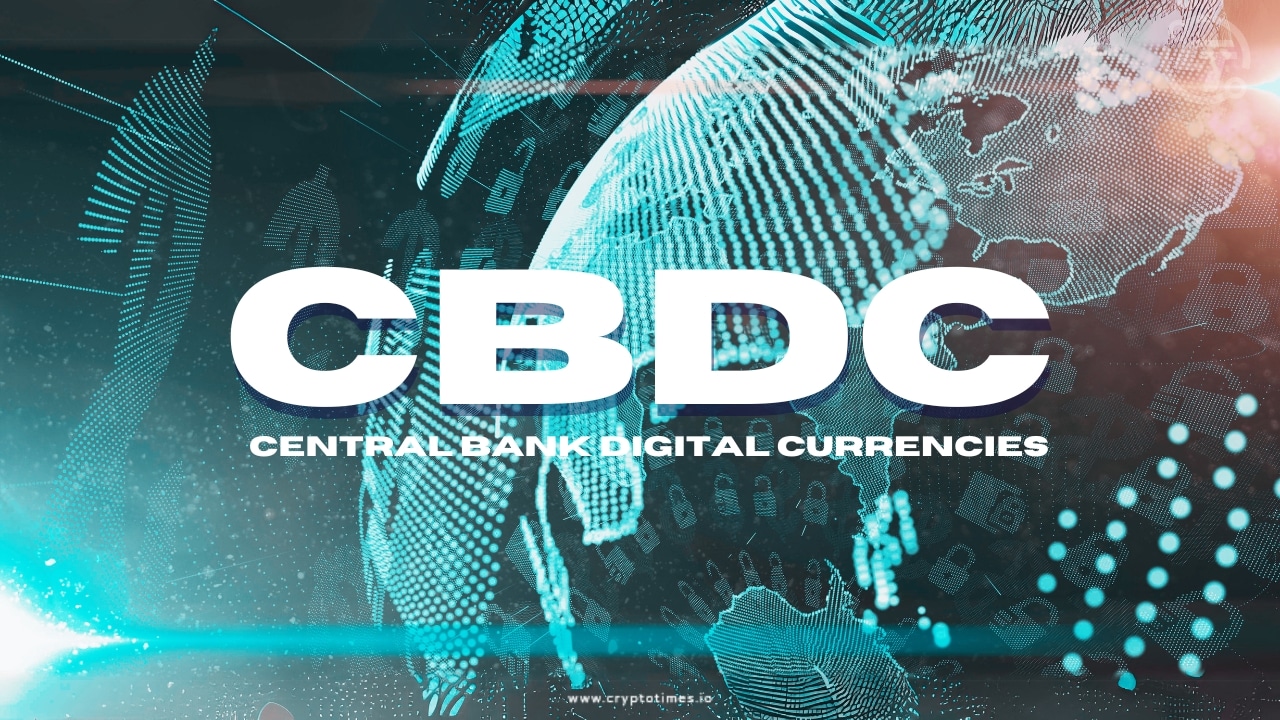Central Bank Digital Currencies (CBDCs) are emerging as pivotal players in the future financial infrastructure, transforming our traditional understanding of money. With a growing interest and ongoing developments by central banks around the globe, CBDCs are not only bridging the gap between digital assets and fiat currencies but also poised to redefine financial inclusivity and efficiency. This exploration delves into the essence of CBDCs, tracing their inception, evaluating their current status, and contemplating their prospective impact on the economic landscape.
Exploring the Essence of CBDCs
At their core, Central Bank Digital Currencies are digital or virtual currencies, but unlike their cryptocurrency counterparts, they’re centralized and backed directly by a country’s central bank. This backing not only affords them a layer of security and trust but also ensures their value remains stable, sidestepping the volatility typical of cryptocurrencies. This distinctive combination of digital currency traits with central bank reliability makes CBDCs a fascinating development in the monetary domain.
The Evolutionary Journey of CBDCs
The concept of CBDCs dates back further than commonly perceived, with roots extending to the early 1990s. Finland’s Avant smart card represents the inaugural endeavor into what we would today recognize as a form of CBDC. This foray into digital currency, leveraging smart card technology, highlights the longstanding curiosity and ambition towards creating secure and efficient digital money systems.
The Present and Future of Central Bank Digital Currencies
In the present digital age, central banks worldwide are not merely researching but actively implementing CBDCs. From a couple of fully launched examples like Nigeria’s eNaira to the Bahamian sand dollar, the landscape of CBDCs is rapidly expanding. Recent reports indicate that a significant majority of the world’s nations are either in the experimental phase or have already launched their digital currencies, marking a decisive shift towards a more digitally inclusive global economy.
Driving Forces behind the CBDC Adoption
The motivations propelling countries towards embracing CBDCs are manifold, ranging from the desire to enhance financial inclusivity to the aspiration of streamlining payment systems and reducing operational inefficiencies associated with traditional currency management.
Empowering the Unbanked
A primary catalyst for CBDC development is the aspiration to bring financial services to the unbanked and underbanked. By providing a digital alternative to physical cash, CBDCs aim to integrate a vast demographic into the formal economic system, especially in regions where mobile penetration outpaces conventional banking infrastructure.
Encouraging Competition and Efficiency
Beyond financial inclusivity, the creation of CBDCs is seen as a means to foster competition within domestic payment markets, potentially leading to enhanced efficiency, reduced transaction costs, and overall better access to financial services.
Reducing Operational Costs
Another significant consideration for central banks is the potential cost savings associated with digital currencies over traditional paper and coin-based money. Moving to a digital format could substantially reduce the expenses related to printing, distributing, and managing physical currency.
CBDCs and Cryptocurrencies: A Symbiotic Relationship?
The interaction between CBDCs and cryptocurrencies generates diverse viewpoints, with some experts viewing them as competitors, while others argue for a complementary relationship. CBDCs, backed by the stability and security of central banks, could serve everyday transaction needs, whereas cryptocurrencies might continue to find their niche in areas like decentralized finance and cross-border remittances.
A Promising Horizon for Central Bank Digital Currencies
Despite the inherent risks and challenges associated with implementing a new form of currency, the trajectory for CBDCs appears promising. As more nations explore and introduce their digital currencies, the global financial system stands on the cusp of becoming more efficient, secure, and inclusive. The continuous evolution of CBDCs underscores the financial sector’s commitment to harnessing technology for the betterment of economic systems worldwide.
As we witness this digital currency revolution, it’s clear that the emergence of CBDCs represents a significant milestone in the journey towards a more digitalized global economy, making the future of money not just a concept, but a rapidly unfolding reality.
